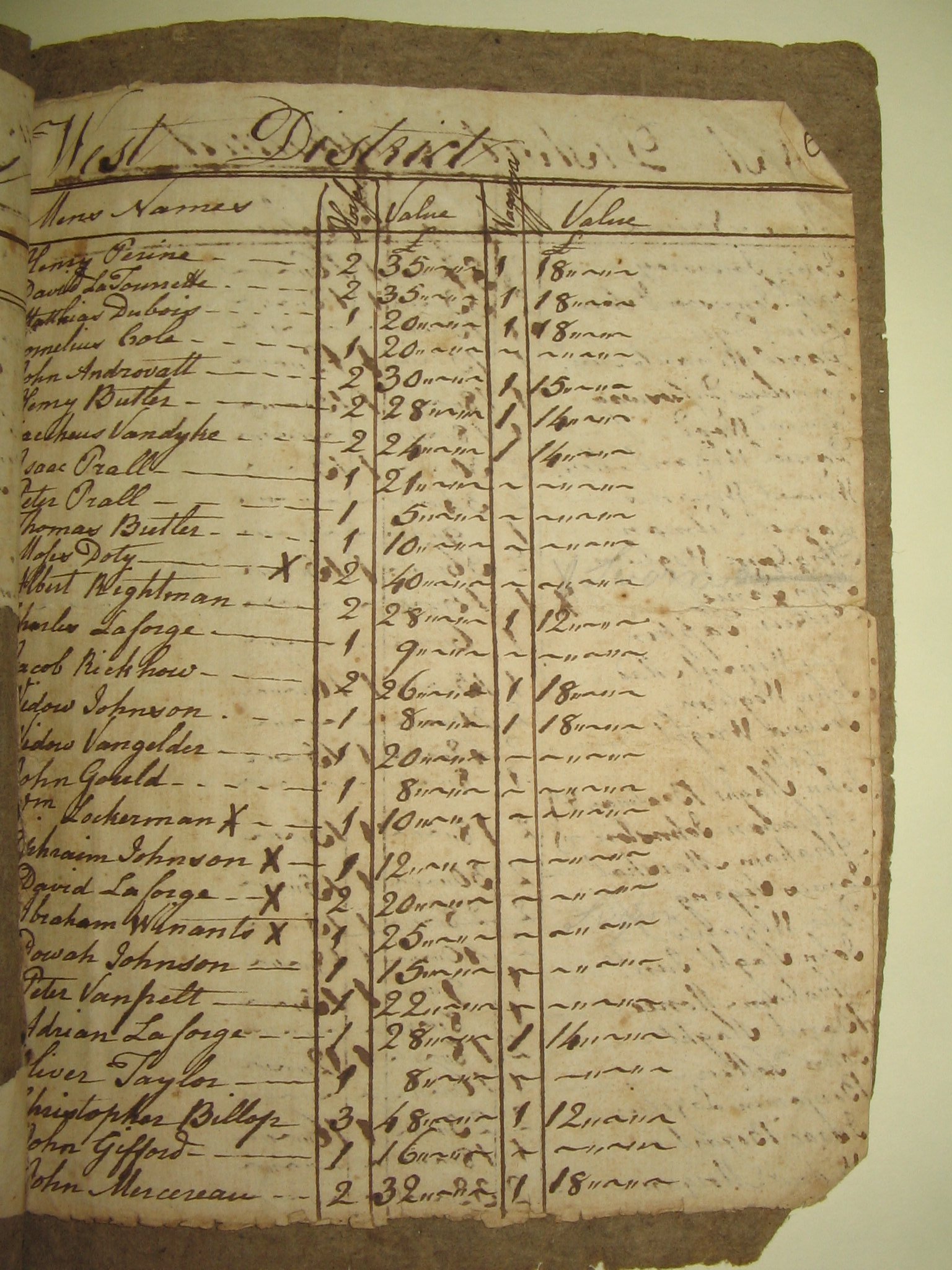Recording the Revolution on Staten Island
by Carli DeFillo, Collections Manager
Hidden inside this unassuming little book is a major clue about life on Staten Island in the days when the Revolutionary War was just beginning. A few days after the Declaration of Independence was signed on July 4, 1776, an excited crowd heard it read aloud in New York City. By the end of the next month, the 4,000 residents of Staten Island had company: 32,000 British troops, led by General William Howe.
During that month, this little book was used to record a "List of Horses & Waggons on Staten Island employed in His M's Service, Augt. 1776." Men, women, and families who owned horses or wagons for plowing their farms, traveling, or earning their livelihoods found that the British army also needed horses and wagons for moving artillery and supplies--and that they'd pay for them with gold or silver! This list shows that both Loyalists and Patriots supplied horses under these circumstances--although the British might not approve of how they all spent it. The brothers John and Joshua Mersereau each supplied one horse, and later became members of a Patriot spy ring. Loyalist Christopher Billopp, who owned the Conference House, not only sold the British three horses and a wagon, he also recruited drivers for them.
If you're familiar with Staten Island, you'll also recognize many of the other names seen here, including Joseph Guyon, who built and lived in HRT's own Guyon-Lake-Tysen House; the Rezeaus, who lived in HRT's Voorlezer's House; members of the Totten family, who gave Tottenville its name; and the sources of many local street and place names: Androvette, Gifford, Prall, Perine, and LaTourette are just a few examples.



